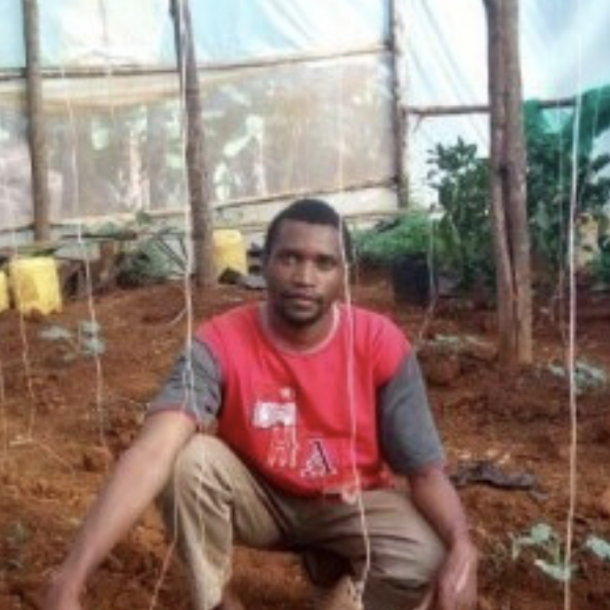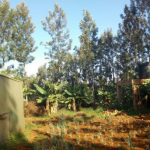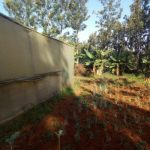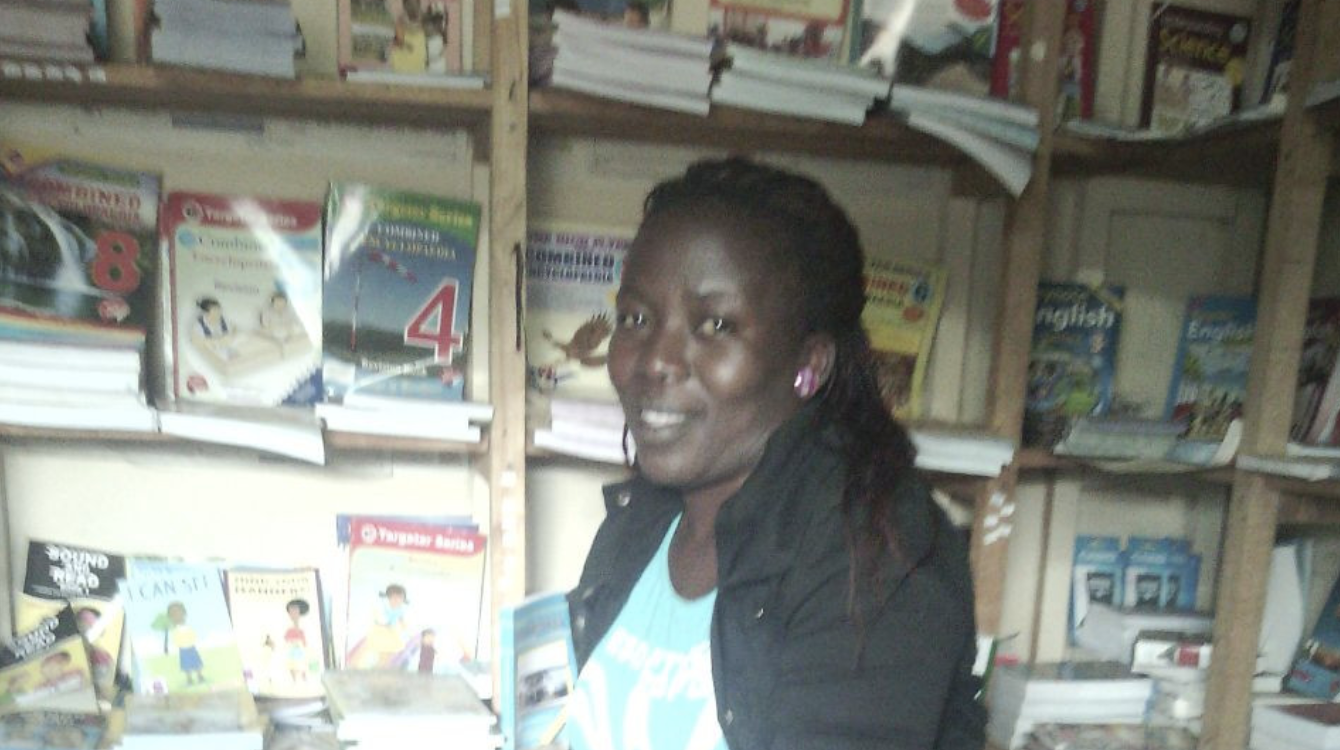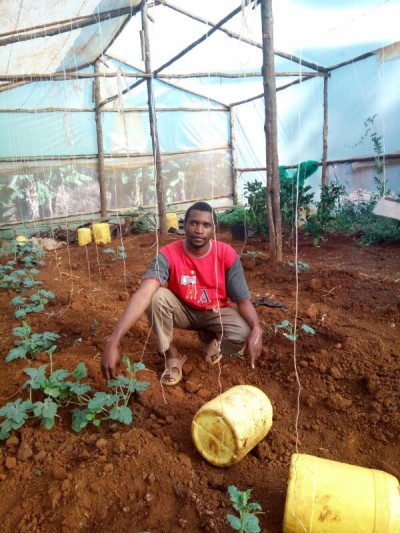
By Betsy Ramser Jaime
Edwin Gitene was forced to drop out of his electrical engineering program in 2010 when we could no longer afford to pay the school fees. However, changing paths turned out to be a hidden blessing as he found a true passion for poultry farming. He says, ‘I was selected to be one of the youths in my county to pioneer a poultry farming project dubbed ‘kicking away poverty one chick at a time’. The project, aimed at alleviating poverty among young adults in my county, involved donating one hen, one cock and two chicks to selected youth.’
Edwin is so proud of what he has achieved since first starting and when he discovered Zidisha he has grown his business to 200 chickens. He is able to supply chickens and eggs to a local school and also supplies eggs in local shopping centers. His expenses tend to include: chicken feed and veterinary services. He is also able to supply local jobs by employing three members of his community. His greatest dream is to be a model poultry farmer in his country and to inspire as many young adults as possible so consider agribusiness as a viable business undertaking.
Through his partnership with Zidisha, he has been able to continually expand and grow his business and has even been able to return to school where he is studying in the school of business management.
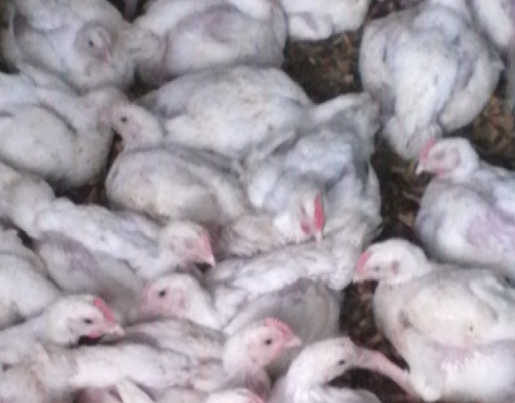
Edwin requested his first Zidisha funded loan for $150 in July 2014. The purpose of this initial loan, was to expand his chicken structure. He notes, ‘I wish to expand and modernize my structure. I currently have a traditional structure that more nor less just serves as a shelter for my chicken. My veterinary consultant has also advised me to do this so as to minimize the risk of the chicken contracting diseases. The new structure will be raised from the ground to reduce the cold as well as make it easier for cleaning.’ Some of the costs included: iron sheets, cardboard, poles, wire, timber, and labor.
For his second loan of $147 in October 2014, he was ready for two big changes. The first, was a modification to his existing shelter to accommodate his increasing numbers of chickens. He had been advised by his veterinarian that this would be wise. He also needed to purchase a back up generator so that his chickens would receive adequate lighting as his area had frequent power outages which can distort the feeding regime and in turn, limits their growth.
By December, Edwin was in need of another loan for $145. He shared with lenders, ‘I will use the loan to purchase advanced electric brooders. Currently I have been using bulbs which blow frequently and they had been costing me a lot replacing them. Not to mention that I have been losing on average, 20 infant chicks every two weeks due to the cold. With the purchase of the brooders I will be able to contain this situation and increase my productivity.’
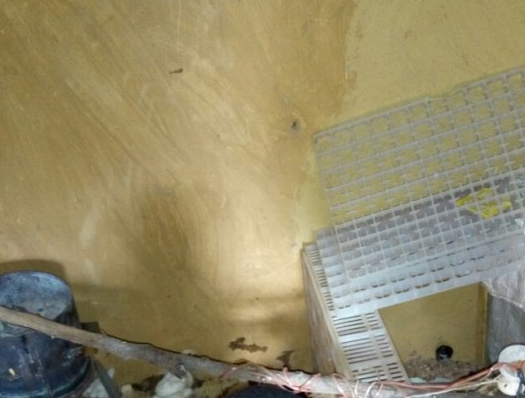
In July of 2015, Edwin requested his next loan and asked for $268. With this loan, he was in need of a chaff cutter. He was confident that this would cut down on the recurring costs of chicken feeds. The machine would allow him to grind maize and cobs mixed with different nutrients for his chickens. In addition, he knew that he could also mill for his community neighbors for additional business earnings.
With this loan, Edwin thanked lenders for, ‘helping me realize more success and improve the living condition of my family and society as a whole. With your help hope is always reborn in me. Thank you great guys.’
As his business continued to grow and expand, Edwin found that it was time to invest in a better record keeping system. Therefore, his next loan, in November 2015 for $400 was for a computer, printer, and internet modem. He predicted that the computer would cost around $300, and $100 for the printer. Before this, he had to travel several miles to access internet services so he knew that this was the right next step in his business.
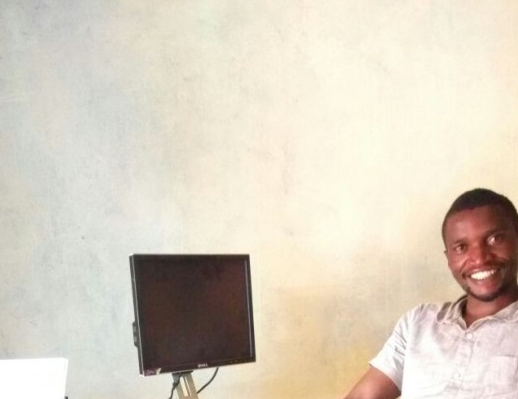
As Edwin prepared for his next loan, he shared with his lenders, ‘I take this chance to once again thank you for the number of loans you have helped me raise ever since I joined this wonderful organization. The loans have helped me realize much success and I owe it all to you lenders.’
By January 2017, Edwin was ready to make some big changes in his business by adding a greenhouse. Therefore, for this loan he requested, $776. He found that it was time to diversify his business and while he had already started planting onions, kale, and bananas, he was ready to venture into growing watermelons. He predicted that after four months, his watermelon crop would see a profit of $500.
The cost breakdown for this loan would include: Ultra Violet treated polythene paper for $400 ,a 500 litre water tank for $80, a drip irrigation kit for $70, steel bars at $90, labor at $50, nails at $20, seeds at $5, fertilizer at $30, and transport and miscellaneous costs for $70. Always wise with his money, he opted to cut on the cost of posts by using less metal and more trees that were readily available.
Most recently, Edwin requested another loan in July 2017 for $1,211. He was happy to share with lenders this great update, ‘As planned, things are working out well and indeed I have experienced a good harvest.’ He was able to sell this first harvest of watermelons to both retailers and in a nearby market directly to his community members.
He continues, ‘I have realized that I can still supply more greenhouse products to help feed people in residential places within my hometown. I am planning to extend the greenhouse to measure 75 meters by 30 meters, that is roughly triple the current size. Apart from watermelons I will also plant tomatoes and onions that have shown a significant rise in demand with a rising population within my hometown. I will have the greenhouse subdivided to three sections for each of the horticultural crops I will venture in.’
Lenders and community members alike are excited to see how this growth will allow him to serve his community and neighbors on an even larger scale in the coming months and years.
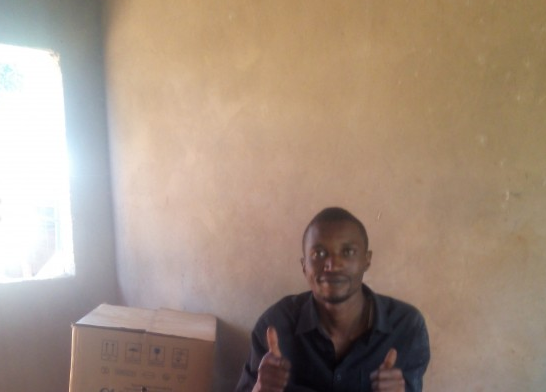
Would you like to read more about our inspiring entrepreneurs? Head on over to our Lend page to read dozens of stories about other business owners who are transforming their communities.

